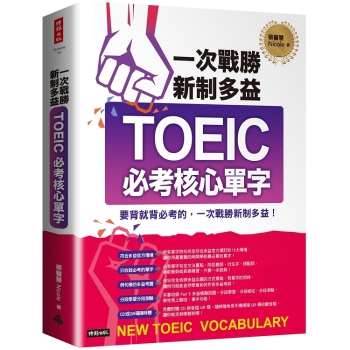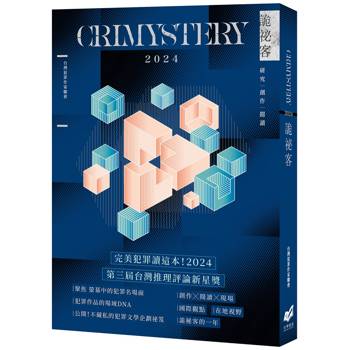1. Overview of the Structure and Function of the Blood-Brain Barrier in vivo; J. Fenstermacher, et al. 2. Expression and Modulation of Blood-Brain Monocarboxylate Transporters; L.R. Drewes, et al. 3. Neuroprotective and Detoxifying Mechanisms at the Blood-Brain Interfaces; J.-F. Ghersi-Egea, et al. 4. Measurement and Prediction of Blood-Brain Barrier Permeability: In vivo, in silico and in vitro approaches; N.J. Abbott, et al. 5. Recent Advances in the Development of Cell Culture Models for the Blood-Brain and Blood-CSF-Barrier; T. Nitz, et al. 6. Gene Expression Changes and Progression to a BBB Phenotype in a Dynamic Model of the BBB; S.Y. Desai, et al. 7. Novel Endothelial-Mediated Responses Associated with Micro-Circulation and BBB Function; M. Spatz, et al. 8. Modulators of Blood-Brain Barrier (BBB) Permeability: In Vitro and In Vivo Drug Transport to the Brain; A.G. de Boer, et al. 9. Controlled Modulation of the Blood-Brain and Blood-Tumor Barrier Using Novel Lipid Mimetic Compounds; M. Polyak, et al. 10. Carbon Dioxide Gas as an Angiographic Contrast Agent in the Cerebral Circulation; A.J. Wilson, M.M. Boxer. 11. Diffusion MRI and Q-Space Diffusion MRI: From Cerebral Ischemia to Multiple Sclerosis and Beyond; Y. Cohen, et al. 12. Brain Iron Uptake and Transport in Animal Model of Iron Deficiency, Tardive Dyskinesia and Neurodegenerative Diseases; M.B.H. Youdin, et al. 13. Stress, Pyridostigmine and the Blood-Brain Barrier; E. Grauer. 14. Transcytosis and Signalling of Pneumococci at the Blood-Brain Barrier; J.R. Weber, E.I. Tuomanen. 15. Entry of Viruses into the Central Nervous System; J.K. Fazakerley. 16. An Animal Model for the Study of BBB Modulators; D. Kobiler, et al. 17. Physiological Pathways Responsible for the Breakdown of the Blood-Brain Barrier During Viral Encephalitis; C.S. Reiss, N. Chen. 18. Gene Transfer to the Salivary Glands: Application in Gene Therapy; E. Shai, et al. 19. The Effect of Hyperosmotic Blood-Brain Barrier Disruption on Experimental Autoimmune Encephalomyelitis; H. Ovadia, et al. 20. Direct In Vivo Evidence for &agr;4-Integrin Mediated Interaction of Encephalitogenic T Cells with Endothelial VCAM-1 in the Spinal Cord White Matter Using Intravital Fluorescence Videomicroscopy; B. Engelhardt, et al. 21. The Blood-Brain Barrier in Immune Mediated Diseases of the Central Nervous System; S. Miron, A. Achiron. 22. Strategies for Increasing Drug Delivery to the Brain: Lessons Derived from Treatment of Brain Tumors; Tl. Siegal. 23. Intraarterial Therpy With or Without Radiation Therapy for Patients with Brain Tumors; S. Madajewicz, et al. 24. Optimizing Drugs for Brain Action; N.H. Greig, et al. 25. The Role of Plasma Protein Binding in Drug Delivery to Brain; Q.R. Smith, et al. 26. Issues Related to Intranasal Delivery of Neuropeptides to Temporal Lobe Targets; M.J. Kubek, et al. 27. Synthesis of Poly(Carboxyphenoxypropane-Sebacic Anhydride) for the Delivery of Drugs to the Brain; A.J. Domb, M. Kubek. 28. Intranasal Delivery of Bioactive Peptides or Peptide Analogues Enhances Spatial Memory and Protects Against Cholinergic Deficits; I. Gozes, et al. 29. Role of Inflammation in Stroke: Benefits or H
| FindBook |
|
有 1 項符合
Drug Delivery and Brain Pathology的圖書 |
 |
$ 5940 | Blood-Brain Barrier: Drug Delivery and Brain Pathology
作者:OHOLO Conference on Blood-Brain Barrier:Drug Delivery and Brain Pathology(2000:Dead Sea 出版社:Kluwer Academic Publishers 出版日期:2002-02-28 語言:英文 規格:精裝 / 434頁 / 24.1 x 18.5 x 3 cm / 普通級/ 初版  看圖書介紹 看圖書介紹
|
|
|
圖書介紹 - 資料來源:博客來 評分:
圖書名稱:Blood-Brain Barrier: Drug Delivery and Brain Pathology
|











